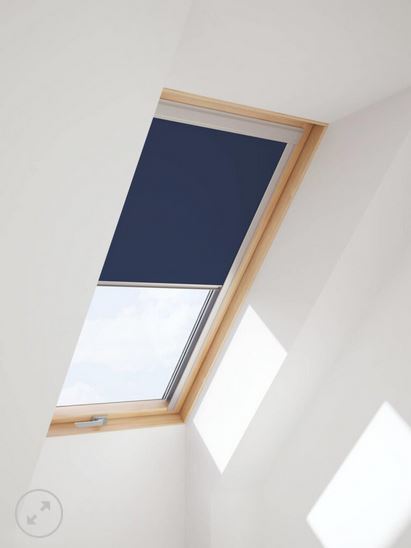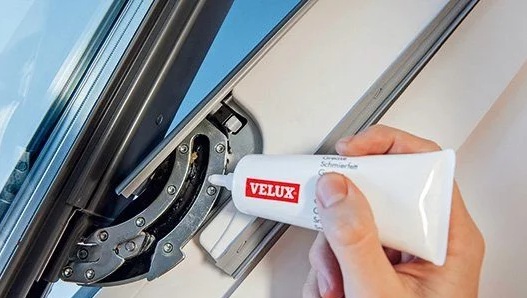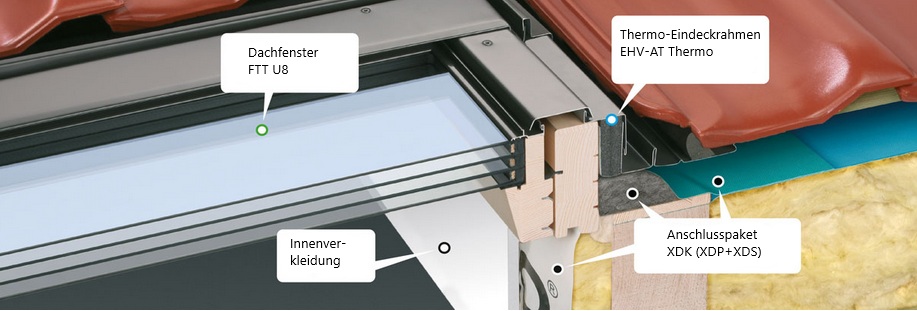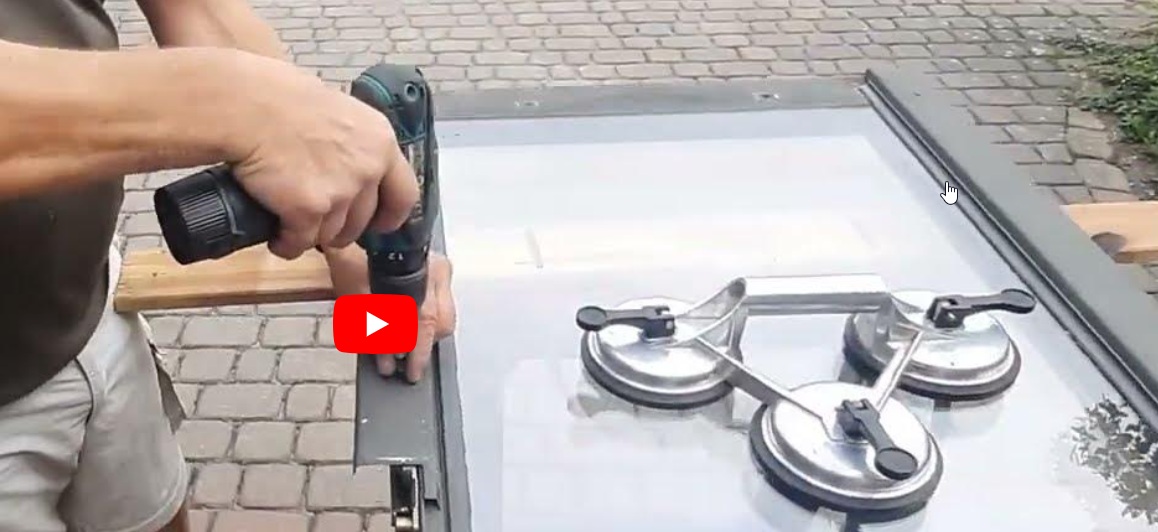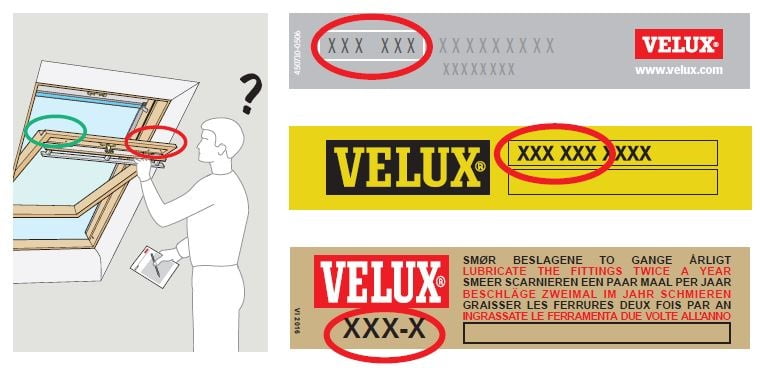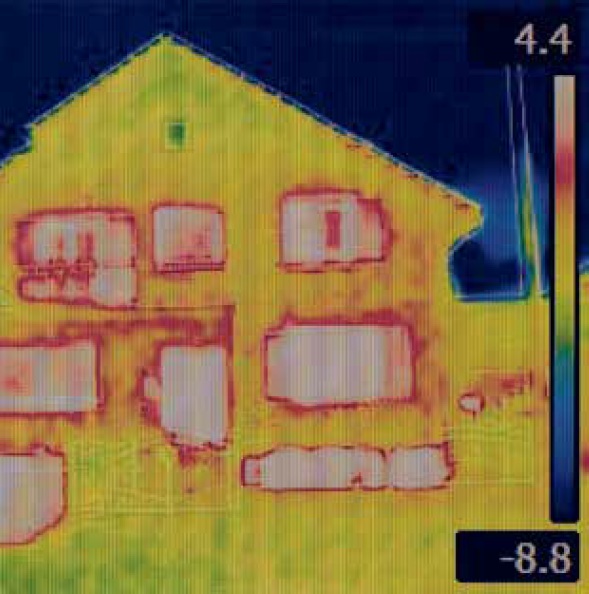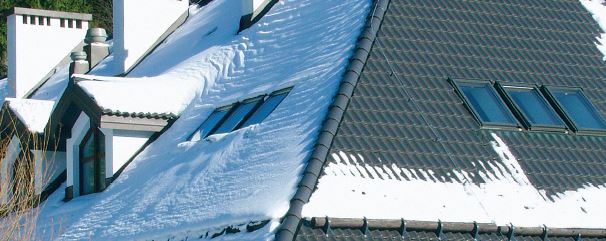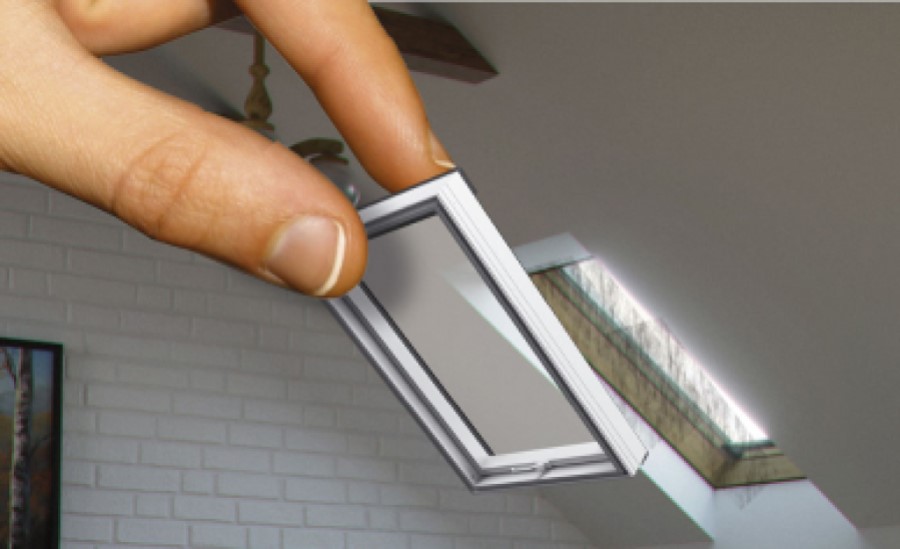Window condensation
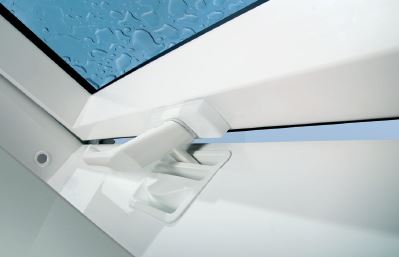
Few words about condensation

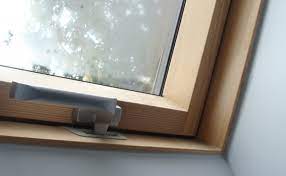
A common problem with windows is so called "sweating window", it mainly occurs on roof windows. Because they are mounted on the roof, they are particularly exposed to environmental impacts such as rain, hail and temperature changes. How it occurs? When a hot, humid air hits the cold window, it cools down and some of the moisture condenses on the window (the transition from steam to water is called condensation). The better the insulation in the attic, the higher the condensation level. Despite of the water vapor diffusion in the insulation layer, water vapor stays in the room / attic. Both new buildings and old but well-renovated buildings are particularly tight nowadays, which is of course good for the energy balance, but not perfect for the indoor climate. This means that moisture generated inside cannot escape.
A small amount of water vapor, which mainly settles on the glass and the surrounding elements, can be considered as a normal process. However, if you find that your window is filled with water vapor between the windows, it means that the window has lost its heat-insulating properties and must be replaced.
Especially during the winter season, you can see that small drops of water form not only on the window but also on the window frame. Condensation occurs mainly after activities that cause a high moisture level, e.g. cooking, washing or showering. This means that humidity plays an important role in counteracting condensation. It is known that water always arises where the warm, humid air meets a cold surface. As a result of the cooling, the air can retain less moisture, so that an excess is condensed and in the form of water droplets appears on the cold surface. The room temperature therefore plays an important role, as does the temperature difference between inside and outside. If the temperature differences are higher than 20 ° C and the humidity is above 60%, condensation occurs. Condensation occurs mainly during the colder season when the temperature differences between day and night are extremely high. When the air is heated, the condensation evaporates. If there are other factors, such as a lot of snow on the windows, in extreme situations it can even lead to condensation freezing on the inside of the frame and damaging the structure, especially wooden windows.
In general, condensate is not harmful. There are two areas where condensation can have a negative impact though:
- On the one hand, it stays on window's elements - wood is of course particularly sensitive here - but also the cladding around the window, which is often made of plasterboard. Moisture cam create the mold on such surfaces and destroy them.
- The second area is the health of the inhabitants. Living in a humid environment can lead to coughing and shortness of breath. And once mold occurs, there are other negative effects on health e.g. allergic reaction.
how to stop condensation on windows?:
- Short-term ventilation - the windows should be fully opened 3-5 times every day for 10-15 minutes at a time. If there is a possibility to do a draft, it is even better. To do this, simultaneously open two roof winows that are placed opposite each other. In this way, you can quickly achieve an air exchange with minimal heat loss.
- Windows with natural ventilation - this allows a constant air exchange between the damp inside with fresh outdoor air even when the window is closed.
- Keep the room temperature as constant as possible throughout the day. Recommended temperatures: bedroom 18 ° C, children's room, bathroom 23 ° C, basement - not less than 15 ° C. The humidity should be between 40-60% in the apartment and up to 70% in the bathroom.
- Regularly remove condensate / water vapour to prevent mold.
- Location of radiators. It is recommended to install a radiator under each window. There should be a distance of at least 10 cm between the window sill and the radiator to ensure the hot air circulation. In this way, the extreme cooling of the window glass can be avoided and the risk of water vapour occurance reduced. In addition, the rising hot air absorbs already accumulated condensation and ensures faster drying.
- Avoid humidifiers and water vaporizers on radiators if possible.
- When cooking and showering, open the windows so that the moisture can be released immediately. At the same time, keep the interior doors closed so that moisture cannot spread to other rooms.
- Do not dry laundry in the living room to not to increase the humidity.
- Particular attention should be paid to the "sources of moisture" in the room, especially in winter. This means that temporary activities such as cooking or showering, high presence in the home also increase the humidity, as well as plants or pets. So it is better to divide such sources, especially in winter.
Read our guide now
PayPal about baubaY.de
You have happy customers, a good track record with PayPal and we have the info we need to keep your account secure.
In other words, you’ve got an excellent history with PayPal. Keep up the amazing work.



My account
Customer service
Information
Blog
- Hochwertige Alternativen zu VELUX Dachfenster
- Warmes, haltbares und gesudes Haus aus SOLBET Porenbeton
- Kann ein energieeffizientes Haus aus gängigen Materialien Gebaut werden?
- Haus-Architektur - Eleganz und Prestige
- Heizkosten sparen und Minimieren von Energieverlusten - durch den Einbau neuer Dachfenster
- Warum sind Verdunkelungsrollos bei Dachfenstern so populär?
- Wie pflege ich mein Dachfenster richtig? Tips zu Pflege und Wartung
- Weiß liegt ewig im Trend!
- Welches Zubehör wird für den Einbau von Dachfenstern benötigt?
- Optimale Lüftung des Wohnraums - Dachfenster mit Lüfter
- Wie und womit man Dachfensterrollos reinigt - kurze Pflegeanleitung
- Austausch des Scheibenpakets im Dachfenster
- Größe des Dachfensters
- Gilt das Förderprogramm von BAFA nur für Wärmepumpen?
- WDVS Fassadendämmung
- Verblender - Sortiment, Montage und FAQ
- Wie wählt man die richtige Größe und Anzahl der Dachfenster?
- How to cool an attic in summer?
- Welche Dachfensstertypen gibt es
- Roof window during the winter
- Window condensation
- TV wall: Read here how you can transform your TV wall to an absolute unique installation.
- Paneele Verlegen – Wie man 3d Holzpaneele richtig montiert
- Dachfenster austauschen
- Fenstertausch - Wann sollte man Fenster austauschen
- Building with SOLBET cellular concrete from Poland
- VELUX vs SkyLight and OptiLight. Quality comparison.
- Holz oder Kunststoff Dachfenster ?
This site uses cookies to store information on your computer. See our cookie policy for further details on how to block cookies.
Analytical cookies for us to better craft the user experience based on your page view experiences.







